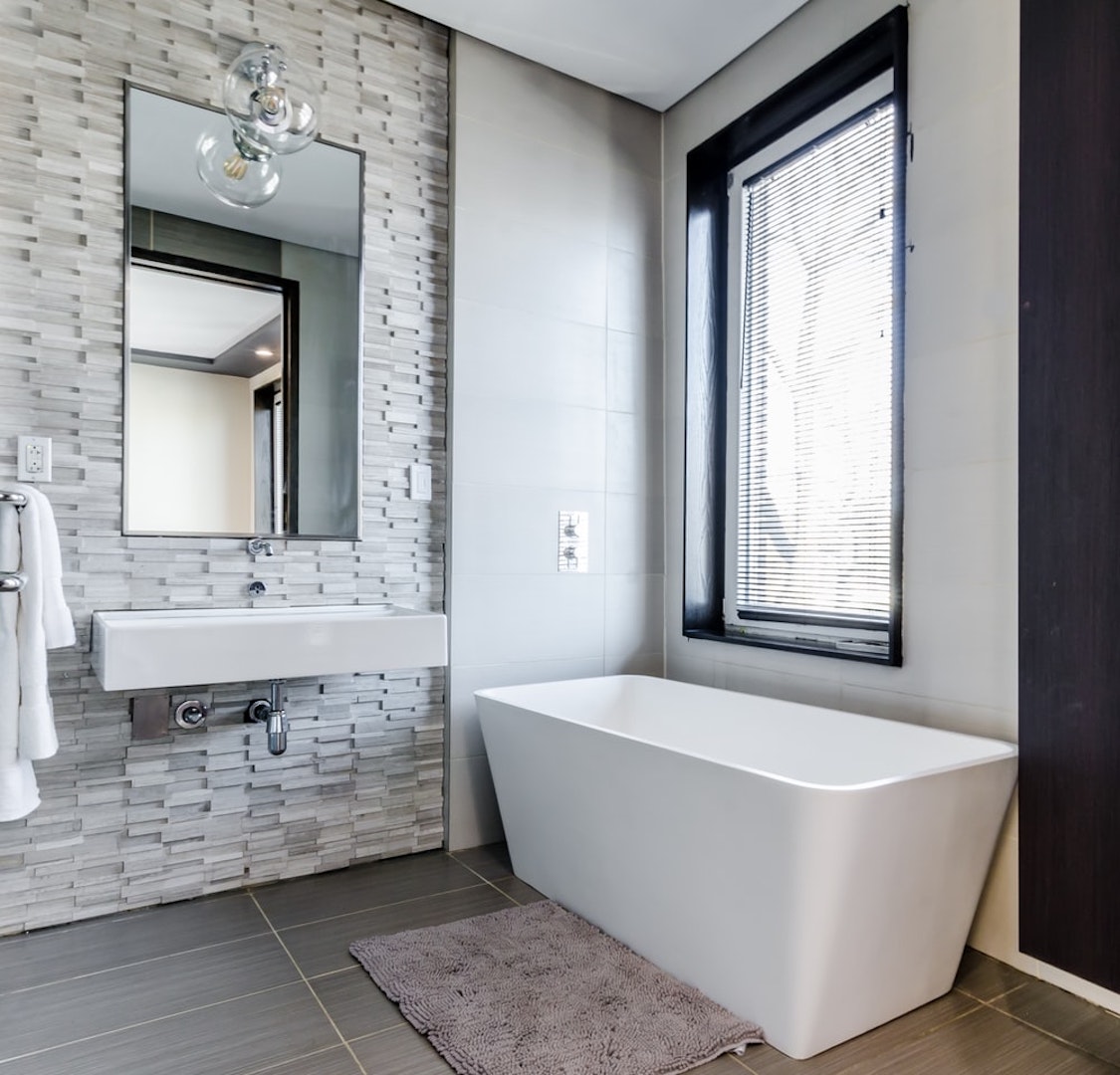Looking for the best flooring materials for interior and outdoor design? Well, aren’t we all. The search never stops for improved surfaces to strut your stuff on, right?
But if you’re a builder or remodeller, you’ll implicitly understand the importance of this search. In the same breath, when you’re fixing up your rental property, the kind of flooring you choose should be suitable for all possible wear and tear and fit within budget. That’s a lot to consider; different flooring materials have different qualities, and people have diverse tastes. Let’s look at the bigger picture then, with these; our 6 IDEAL flooring options for interior and outdoor design.
PORCELAIN TILES
Sure, we know ceramic tiles all too familiarly from our days staring into them while sitting on the can. But these days they’ve broken free and multiplied, getting themselves into kitchens, dining areas and more; not surprising considering their versatility in terms of the colour and overall style. In the market today, you will find them ranging from wood lock tiles and tiny mosaic tiles to large format floor tiles.
What’s more, they only require a little maintenance; grouts should be periodically sealed so that they don’t stain and to install them you just need a tile backer board and a subfloor.
BAMBOO & HARDWOOD
Aesthetically, hardwood flooring is fantastic and is an excellent fit for most living areas as well as dining rooms and kitchens. Nonetheless, it’s not recommended for rooms that get wet consistently, such as bath, mud or laundry rooms. Bamboo flooring performs in the same way as hardwood flooring, and their properties are almost the same.
The cost of maintenance of bamboo and hardwood flooring and that of its installation remains roughly equivalent. These days, hardwood flooring comes as prefinished or unfinished solid forms; the unfinished form is sanded and finished on the ground after the flooring has been installed. On the other hand, the prefinished option doesn’t have to be finished on sight. Decisions, decisions.
Read: 5 IDEAL tips for Bali inspired design
VINYL PLANK FLOORING
One of the trendiest floorings for the kitchen, this, and relatively easy maintenance wise, to boot. If it does sustain damage, fixing it is simple since the surface is installed in the form of planks. Easy Step Flooring, who provide lvt flooring in the UK, tell us that unlike hardwood flooring, vinyl plank flooring is a bit softer and is durable in places of high foot traffic (and spillages) such as kitchens.
VINYL & LINOLEUM
A resilient flooring option, vinyl and linoleum are available in easy to install tiles, sheet forms and planks; diverse and flexible, for sure. What’s more, they’re moisture resistant and highly durable. As such, these are an excellent flooring option for areas likely to endure a little wear’n’tear, particularly playrooms. The main difference between the two is the material used to make them. To start with, vinyl is plastic and normally acrylic, PVC or made from polymers, while Linoleum is made using natural materials such as cork, jute, and linseed oil.
While vinyl is available at a more comprehensive price range and higher scope for quality, which ranges from very low to high end, linoleum comes in vibrant colours. It’s also available from mid to premium, or high-end, and there are no budget versions of this flooring material. Since it is made using natural materials, it is an attractive alternative to vinyl for floor designers who consider environmentally friendly products.
DECKING BOARDS
Wood decking can be used in both indoor and outdoor settings. Nonetheless, when you’re using outdoor wood board indoors, ensure that the wood board finish is less rough than it would be when used in the garden. Composite decking is excellent when used outdoors and includes and an equal mixture of recycled plastic and recycled wood fibres. When using it on your outdoor living space, you won’t need to sand, stain or seal. They also don’t need the board placement, which comes along with the wood decks.
It’s important to know how to maintain quality composite decking boarding. There are several ways to achieve this, including sweeping the clogs using a degreaser, such as a dawn dish soap, on bleached and oily spots. You can also use hot water on wine and fruit stains, and tannin stains can be removed by scrubbing with cleaners containing oxalic acid.
Gouges, on the other hand, may blend over time. Nonetheless, boards with melt marks or deep scratches need to be replaced. For mildew stains, you need to add some dish soap to a mix of 50-50 hot water and oxygen bleach and wipe out.
MARMOLEUM FLOORING
Marmoleum is a renewable flooring material made of recycled materials and is, therefore, an environmentally friendly option. It’s also resistant to dirt and dust, and is allergen-free. This type of flooring doesn’t produce a strong odour and is available in tiles or sheets, and as such is a kid friendly choice, too.







